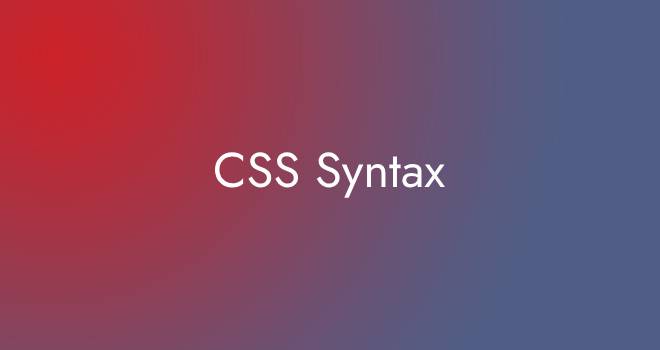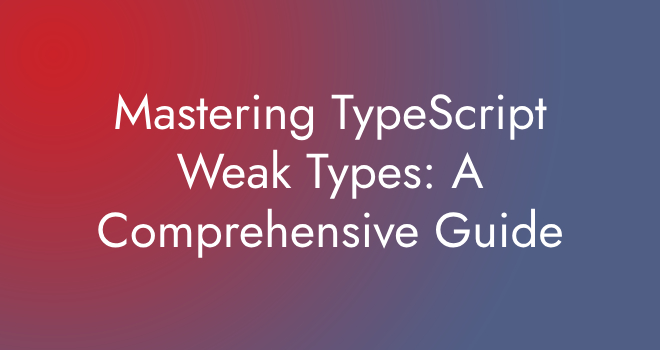Styling is crucial for websites. It boosts their appearance, making them user-friendly. Nobody desires to engage with a boring and unkempt website.
Javascript Control Flow Control Structures:
Other control flow structures, like the break statement, the continue statement, and the return statement within functions, allow you to manage the flow of execution within loops and functions.
CSS Syntax
CSS syntax involves a selector, a property, and its value. Selectors aim at HTML elements for styling. CSS properties and values are linked using semicolons, matching selector names with their property-value meanings.
Javascript Functions
Function using the function keyword, followed by the function name, a set of parentheses for parameters, and a block of code enclosed in curly braces.
Javascript Array
JavaScript Array are a fundamental data structure used to store a collection of values. An array can hold multiple values of various data types, including numbers, strings, objects, and even other arrays.
Complete Roadmap For ReactJS
Discover ReactJS, the widely popular open-source JavaScript library that’s transforming web development with its dynamic user interface creation capabilities.
Javascript Closures and Scope
Learn about powerful closures for data encapsulation and how scope governs variable access. Dive into lexical scoping, scope chains, and variable hoisting for cleaner, more efficient code
Javascript Document Object Model
Exploring the DOM and discovering how to utilize JavaScript to manipulate the DOM, crafting interactive web pages in the process.
Javascript Events and Event Handling
Master JavaScript Events: Create interactivity with event handling. Learn listeners, propagation, and delegation.
Javascript Error Handling
Explore JavaScript error handling: prevent crashes, improve user experience, and boost code reliability with global error capture techniques event.
CSS Selectors
CSS selectors are used to style specific elements in an HTML document based on attributes, classes, IDs, and relationships.
Javascript Modules and ES6 Modules
Explore modular JavaScript and the power of ES6 modules for organized and reusable code. Learn about exports, imports, and improved code structure with ES6 module system.
CSS Combinators
CSS combinators define relationships between HTML elements in selectors, allowing precise targeting based on relative positions.
Components, Props, State, and JSX
Certainly! In the context of React, which is a popular JavaScript library for building user interfaces, it’s essential to understand components, props, state, and JSX. Let’s break down […]
How to Insert PHP Code into WordPress Posts and Pages?
When you try to add PHP code to WordPress, you may encounter issues where it removes or prevents certain elements.
Understanding TypeScript Code Generation, Runtime Behavior, and Modern JavaScript Features
TypeScript code generation TypeScript Compiler: Two Jobs, One Goal: checking for type errors and compiling to JavaScript. In the TypeScript realm, the compiler has two main tasks: Error […]
What is a WordPress Child Theme and Why Use It?
Child themes in WordPress provide a secure method to customize a theme without directly editing it. When the parent theme gets updated, any modifications made in the child theme will be retained and applied to the updated version.
Understanding TypeScript’s Structural Typing: Duck Typing and Compatibility Explained with Examples
Discover Shape Over Declarations in TypeScript’s structural typing. Learn from Examples
TypeScript Fundamental Comparison Rules
Explore the fundamental differences between TypeScript and JavaScript. Learn how TypeScript’s static typing, type annotations, and advanced features enhance code reliability and maintainability compared to standard JavaScript.
Types as Sets: Exploring TypeScript’s Type System with Examples
In TypeScript, types can be thought of as sets in the sense that they define sets of values that a variable can have. TypeScript’s type system is designed […]
Mastering TypeScript: Type Declarations, Type Assertions, and Non-null Assertions
Unlock TypeScript’s power with our in-depth guide to Type Declarations, Type Assertions, and Non-null Assertions.” Learn how to improve TypeScript type safety & precision for a more robust and free of mistakes programming process.
JavaScript DOM(Document Object Model)
The DOM is required because with the help of DOM, JavaScript easily to understand, interact with, and modify web pages. It works as a bridge between code and web content, making it possible to create dynamic and interactive websites.
Ambient Declarations in TypeScript
how to efficiently use ambient declarations in TypeScript, creating types for external libraries and browser APIs, and the possible benefits (increase code quality and type safety).
Mastering Property Checking and Excess Property Checking in TypeScript
Explore TypeScript’s property checking and excess property checking to write safer code. Learn through examples and handle extra properties effectively.
Mastering TypeScript Weak Types: A Comprehensive Guide
Discover the power of TypeScript’s weak types, which allow you to handle dynamic data structures and boost coding flexibility. We’ll walk you through best practices for exploiting ‘any’ and ‘unknown’ types to develop more adaptive code.
32 Common Fresher Interview Questions (With Sample Answers)
As your job interview with these 32 common questions, suitable for both 1-year experienced professionals and freshers. Explore expert answers and valuable tips to land your dream job.
Strict Object Literal Checking (Freshness) in TypeScript
Discover how Strict Object Literal Checking, or Freshness, in TypeScript improves code quality, catches errors, and enhances project reliability.



























